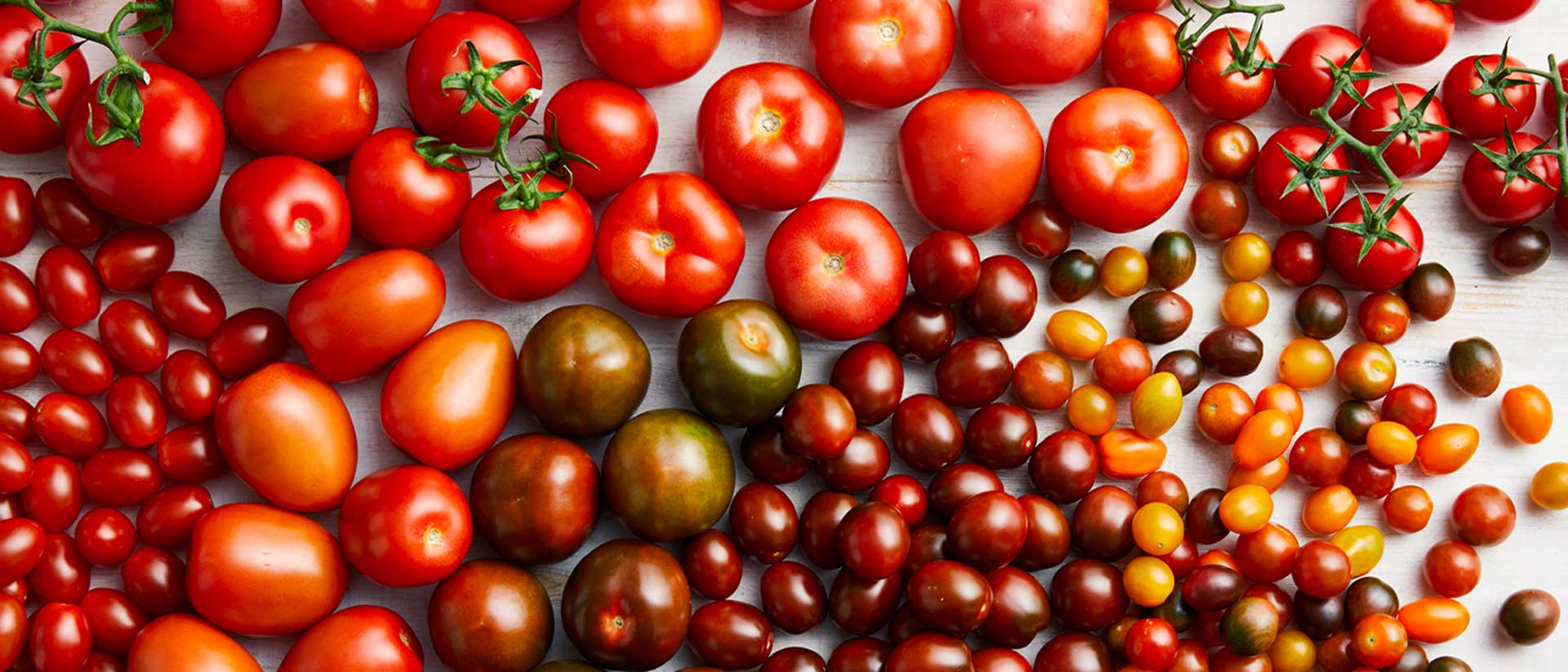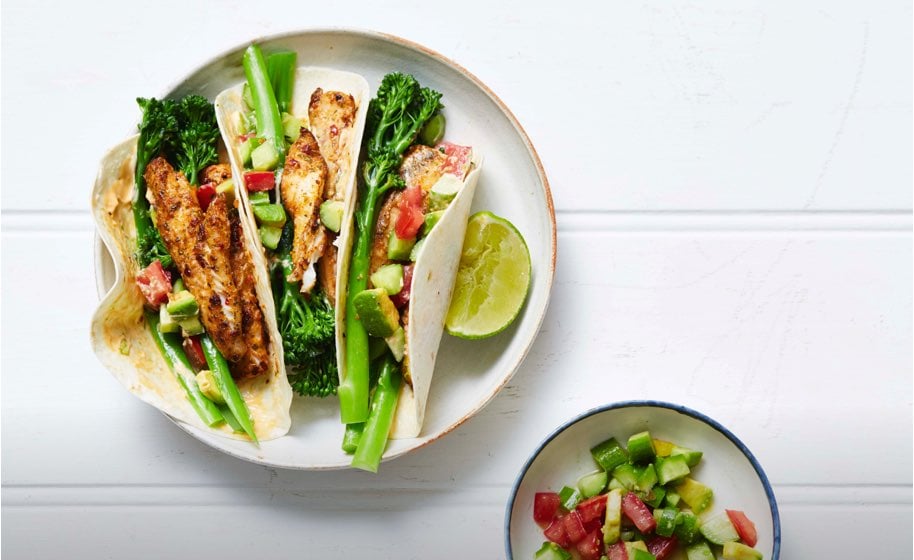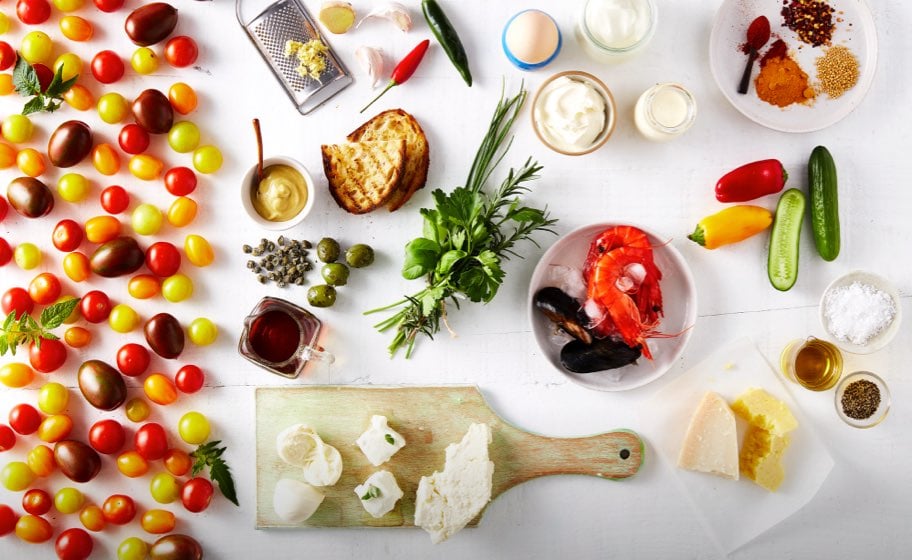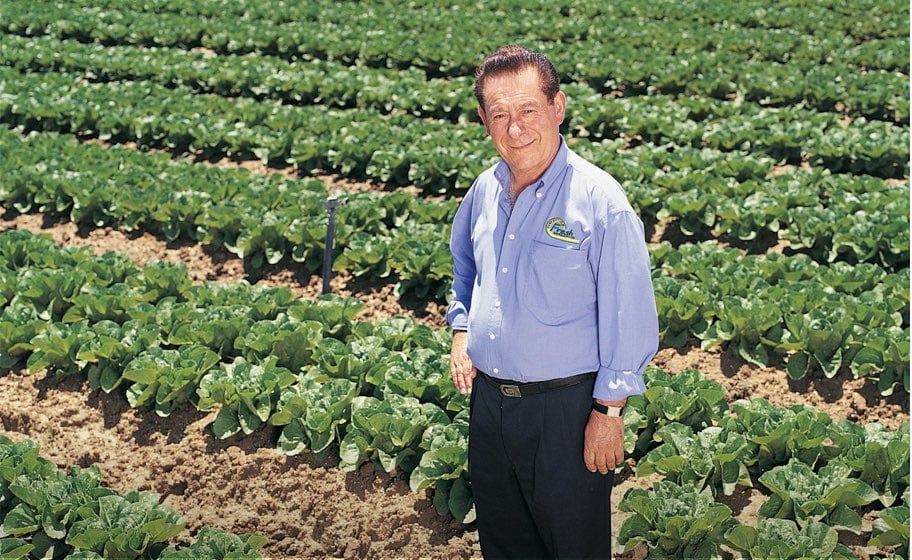Food waste is a global problem. Around one third of food produced for human consumption is either lost or wasted, amounting to a financial loss of about USD $1 trillion annually, according to the World Food Programme.
In Australia, End Food Waste estimates that food waste costs the Australian economy AUD $36.6 billion a year.
The National Food Waste Strategy Feasibility Study reported that each year Australians waste around 7.6 million tonnes of food across the food supply chain. This equals about 312kg per person and can cost up to AUD $2,500 per household per year or $50 per week.
These habits start from thinking about what food you will shop for. The best way to do this is to meal plan, which can include accounting for one main meal, through to everything you're going to eat in a day.
Not only is this an effective way to keep health goals on track, but it will also play a huge role in reducing your food wastage(2).
Without somewhat of a meal plan, you're more likely to buy unneeded foods, which is something every food buyer should reflect on, especially when considering Australian households throw out one in five of the groceries bags they buy(3).

With all that in mind, here are the steps we recommend to follow, if you're looking to make a positive impact on this planet's food waste crisis.
STEP 1: PLANNING AHEAD
What's Available At Home
Check your fridge, pantry and freezer to see what ingredients are available at home. Then, check best before and expiry dates to see if there's any food items that need to be used soon.
Meal Planning
Think about what you and your family would like to eat for the next week. Plan breakfast, lunch, dinners and snacks/desserts around your commitments.
If you have kids, you might have after-school activities on specific days where there’s little time to cook. You could do freezer meals on those days or use the slow cooker.
We'd also suggest looking at the grocery catalogues for the week during this time. Is there something on-special that you can incorporate into your meal plan? It's also wise to buy seasonal Australian produce, not only because you'll be supporting Aussie business, but locally grown tastes better.
Organise meals through a weekly planner, so you can use up all the ingredients that you purchased. If you are using half a punnet of Mix-a-Mato® tomatoes for cooking or a salad on Monday, the remaining punnet can be used for a sandwich on Tuesday. You can also freeze the second portion for later in the month when you don't have time to cook.
Lastly, don't forget about leftovers. Perhaps, dedicate one day of the week to leftovers, as it's a great way to reduce food waste.

Shopping List
List down the ingredients you'll need to cook the meals in your meal plan, along with the required quantities. Remember the ingredients you already have at home in your fridge and pantry.
It may seem old-school, but take a shopping list to the store, whether on your phone or pen and paper. A list will help you avoid impulse buys.
You can download a great shopping list template from our website HERE

STEP 2: BUYING AT THE STORE
Buy What You Need
Only buy the quantity that you need for your meal plan. If something is discounted, or there's just some great produce that has caught your eye, then adjust your meal plan within reason. For instance, you might have planned to make tray roasted vegetables with Broccolini®, and there was no zucchini in the supermarket. Skip the zucchini and buy something else on special, such as sweet potatoes or eggplant.
Buy Seasonal
Take advantage of how lucky we are with Australian produce. Buy local and seasonal fruit and vegetables. Seasonal produce lasts longer and is often far more affordable.
Don't Focus on the 'Perfect' Produce
Often, produce is ignored at the supermarket because it doesn't look 'perfect'. A wonky cucumber, a blemish on a tomato, and a bruise on a berry can all result in perfectly delicious produce going to the landfill.
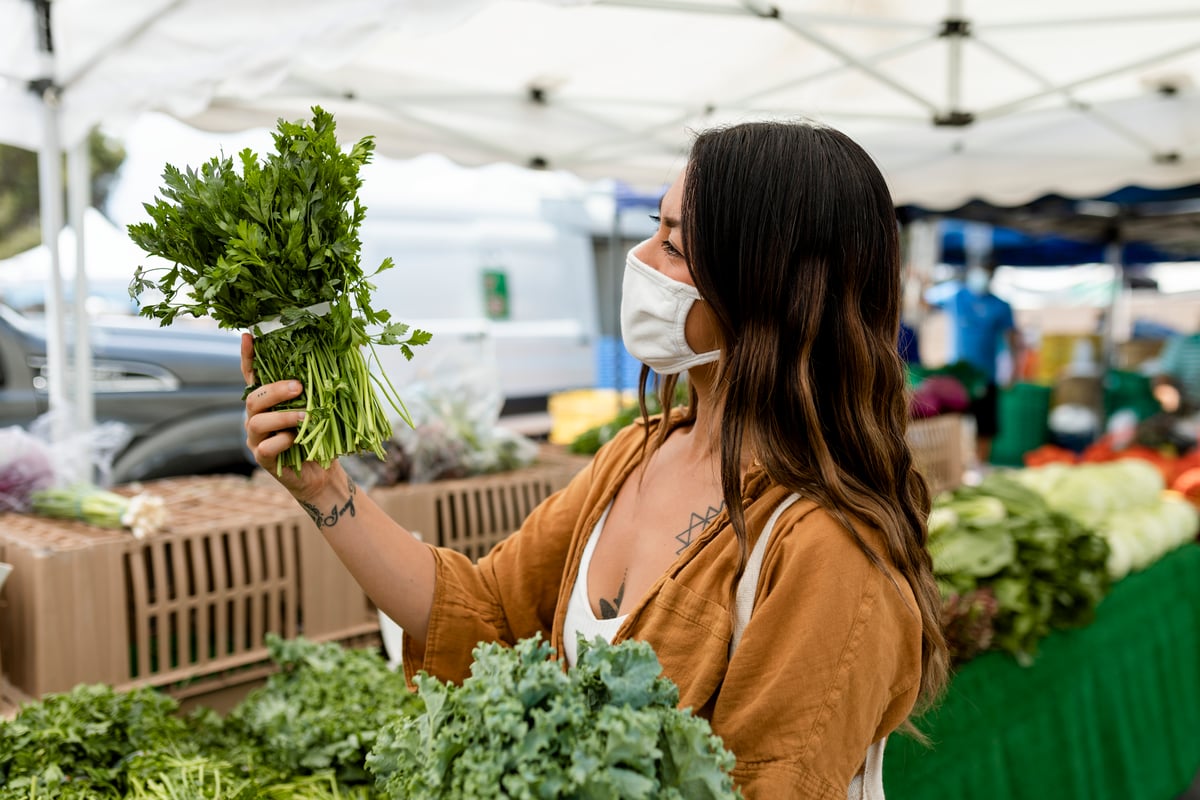
STEP 3: PRODUCE STORAGE
How to Store Produce
Different 'families' of produce, and even types of specific fruits and vegetables, have different storage needs. Some are best kept in the fridge (such as berries), whereas others (such as tomatoes) lose their flavour when exposed to the cold and should be kept on the kitchen counter.
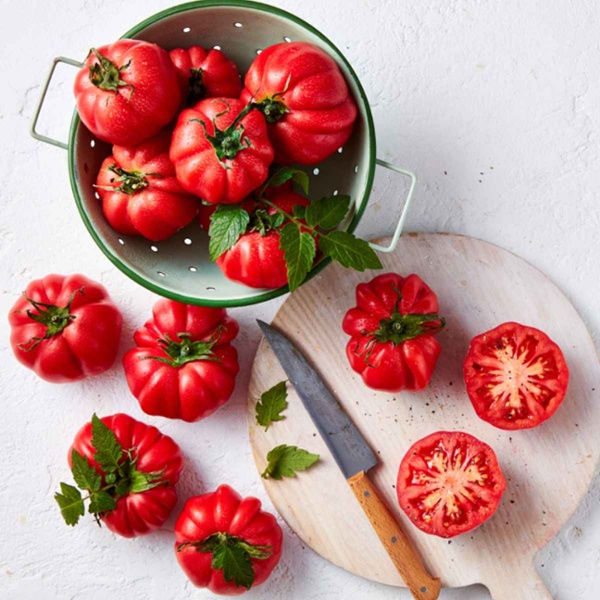
The way different produce items are carried and stored is also important. Hardier vegetables such as potatoes and root vegetables, can be put on the bottom of a produce bag, whereas delicate produce items, such as tomatoes and herbs, need to be kept on top so that they are not crushed. This is also why produce is packed. The packaging protects fruits and vegetables, allowing them to be carried over long distances, as well as extending the shelf life in stores.
Watch these videos for useful tips on how to store different produce items:
Storing Cauli-Blossom®
Storing Broccolini®
Storing Mix-a-Mato®
Storing Perfection Berries
Our next blog, 'Reducing Food Waste Through How We Cook and Consume Food', will come out soon - which highlights great ways to utilise leftovers!
References
1. Queensland Government, 2023
2. Kara Lynch, 2018
3. A better choice!, 2023









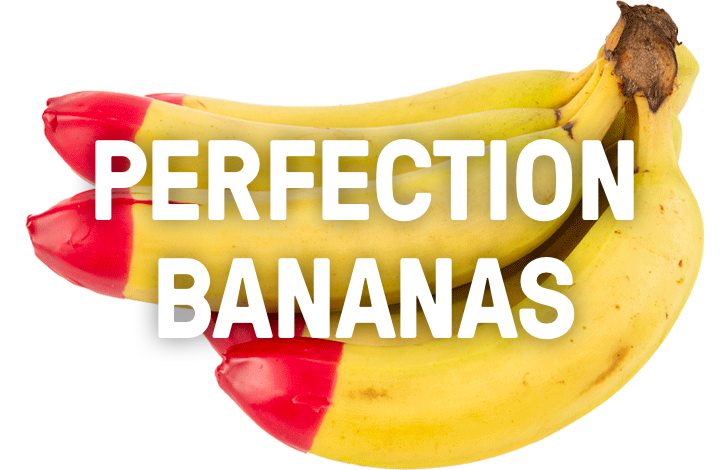
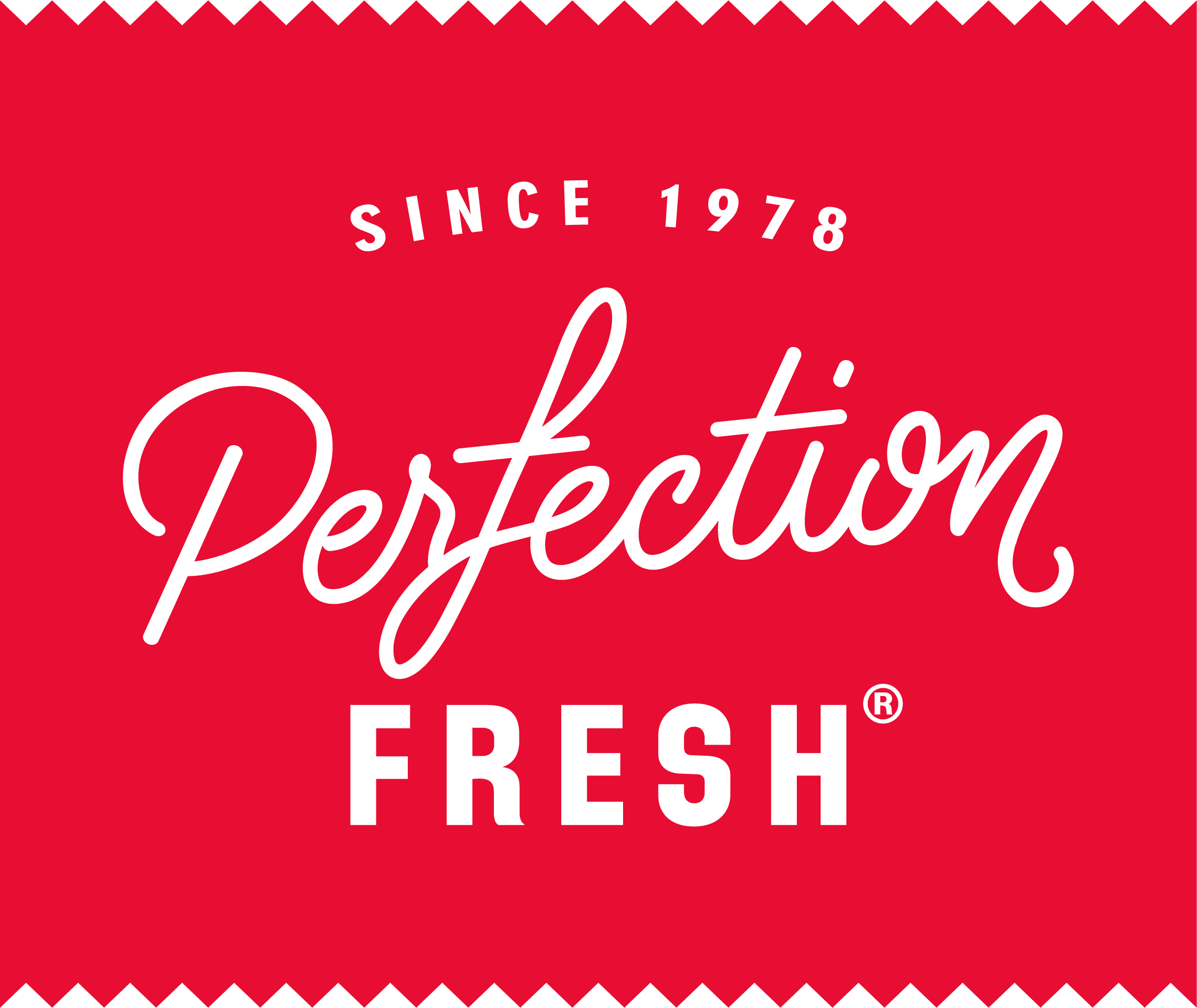


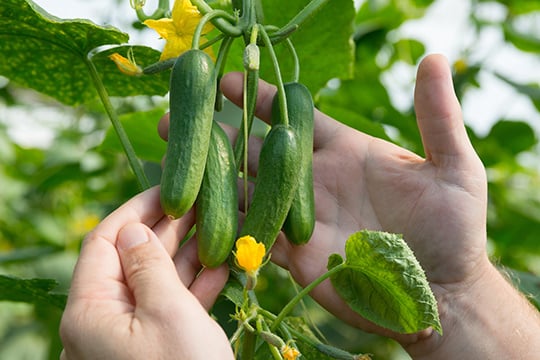

.jpg)
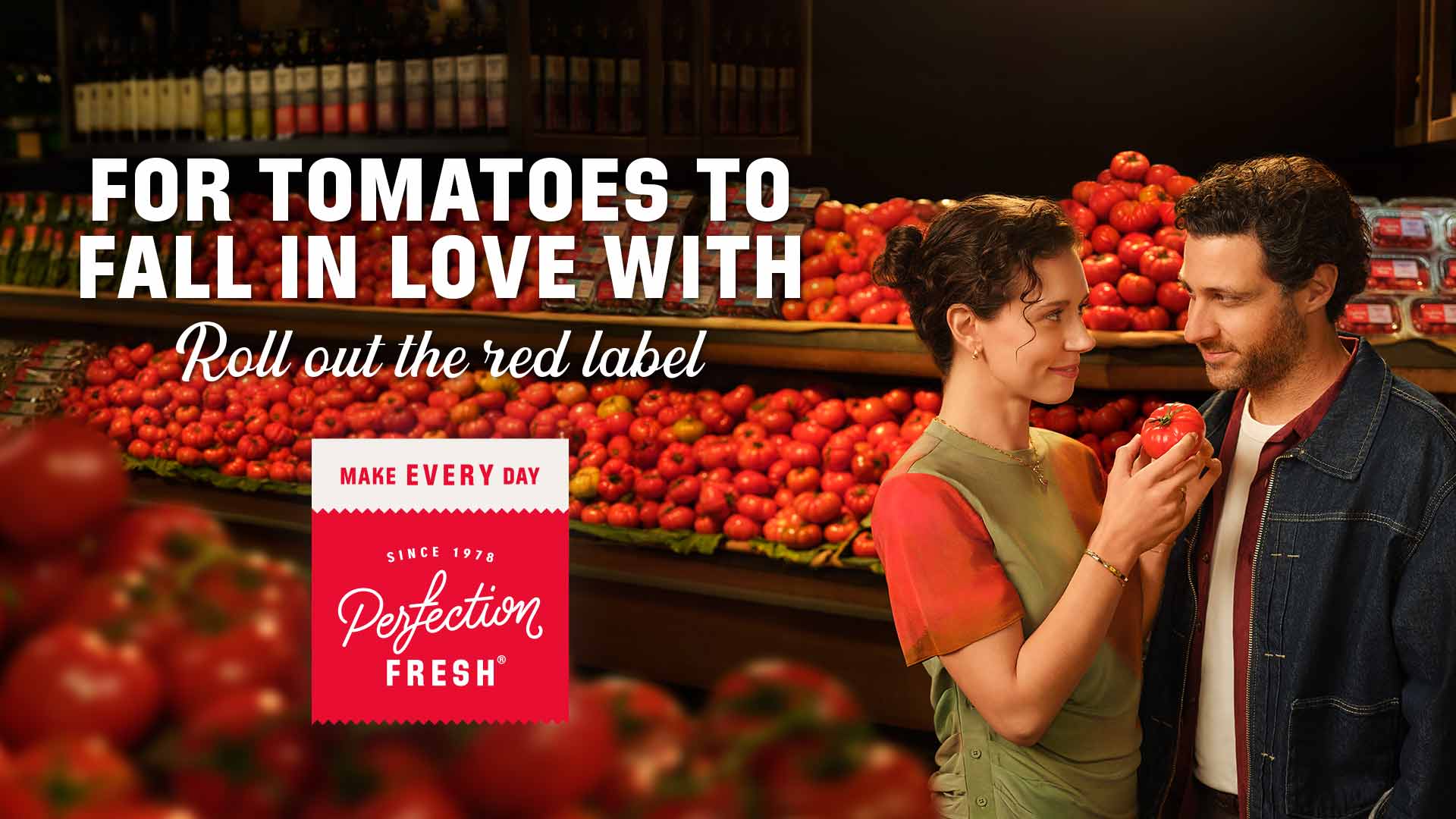
%20(1).jpg)
